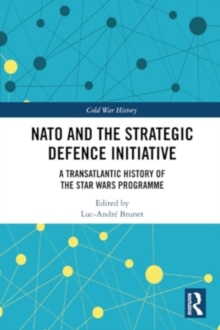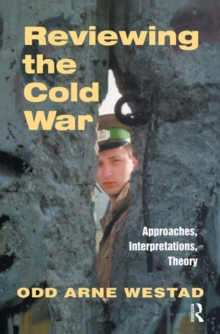
Neutrality and Neutralism in the Global Cold War : Between or Within the Blocs? PDF
Edited by Sandra Bott, Jussi M. Hanhimaki, Janick Schaufelbuehl, Marco Wyss
Part of the Cold War History series
Description
This book sheds new light on the foreign policies, roles, and positions of neutral states and the Non-Aligned Movement (NAM) in the global Cold War.
The volume places the neutral states and the NAM in the context of the Cold War and demonstrates the links between the East, the West, and the so-called Third World. In doing so, this collection provides readers an alternative way of exploring the evolution and impact of the Cold War on North-South connections that challenges traditional notions of the post-1945 history of international relations. The various contributions are framed against the backdrop of the evolution of the Cold War international system and the decolonization process in the Southern hemisphere. By juxtaposing the policies of European neutrals and countries of the NAM, this book offers new perspectives on the evolution of the Cold War. With the links between these two groups of countries receiving very little attention in Cold War scholarship, the volume thus offers a window into a hitherto neglected perspective on the Cold War. Via a series of case studies, the chapters here present new viewpoints on the evolution of the global Cold War through the exploration of the ensuing internal and (mainly) external policy choices of these nations.
This book will be of much interest to students of Cold War Studies, international history, foreign policy, security studies and IR in general.
Information
-
Download - Immediately Available
- Format:PDF
- Pages:238 pages
- Publisher:Taylor & Francis
- Publication Date:22/12/2015
- Category:
- ISBN:9781317502708
Information
-
Download - Immediately Available
- Format:PDF
- Pages:238 pages
- Publisher:Taylor & Francis
- Publication Date:22/12/2015
- Category:
- ISBN:9781317502708










